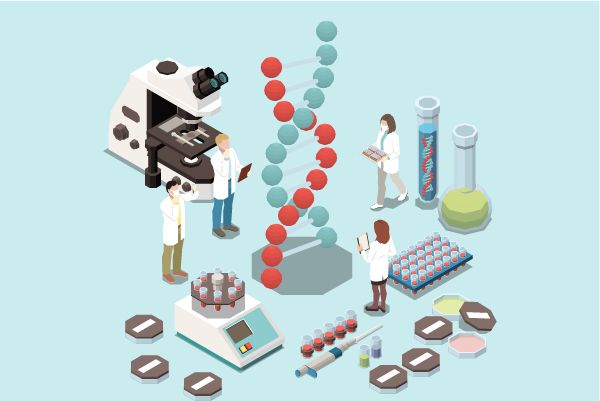What are oligonucleotide drugs?
Oligonucleotide drugs are a class of medications that are composed of short, synthetic pieces of DNA or RNA known as oligonucleotides. These molecules can be used to target and modulate the activity of specific genes or proteins within cells, making them powerful tools for treating a wide range of diseases. There are several types of oligonucleotide drugs, including:
Antisense oligonucleotides (ASOs): These are small pieces of DNA or RNA that can bind to complementary sequences on messenger RNA (mRNA) molecules in a cell, effectively "turning off" the production of certain proteins by blocking translation. This makes ASOs useful for treating conditions such as cystic fibrosis, Duchenne muscular dystrophy, and spinal muscular atrophy.
siRNAs (small interfering RNAs): Similar to ASOs, siRNAs can also bind to complementary sequences on mRNA molecules and trigger their degradation, but they typically involve an additional mechanism called RNA interference (RNAi). siRNAs have been approved for use in treating hereditary transthyretin-mediated amyloidosis (hATTR), which is caused by mutations in the TTR gene.
miRNAs (microRNAs): miRNAs are small noncoding RNAs that regulate gene expression at the post-transcriptional level by binding to complementary sequences on messenger RNA molecules and either promoting their degradation or inhibiting their translation into protein. They play important roles in many biological processes and have been implicated in various diseases, including cancer and cardiovascular disease.
CRISPR/Cas9 technology: CRISPR/Cas9 is a powerful gene editing tool that uses guide RNAs to direct Cas9 nuclease to specific DNA sequences, allowing for precise editing of the genome. While initially developed for research purposes, CRISPR/Cas9 has potential applications in treating genetic disorders by correcting disease-causing mutations directly in patients' cells.
These are just a few examples of the many different types of oligonucleotide drugs currently being investigated for various therapeutic applications. As our understanding of the human genome continues to grow, it is likely that we will see even more innovative uses for these powerful molecules in the future.




